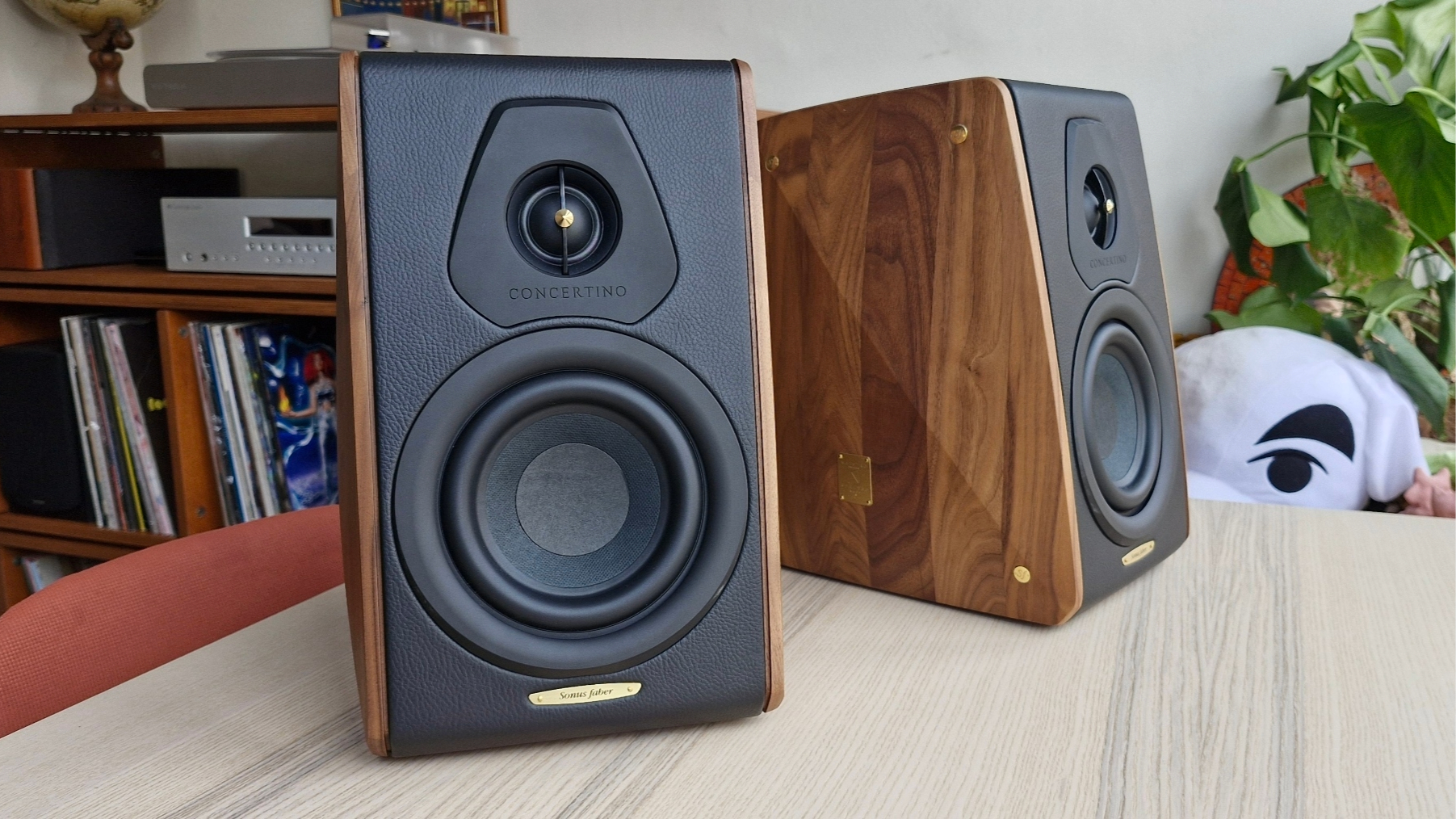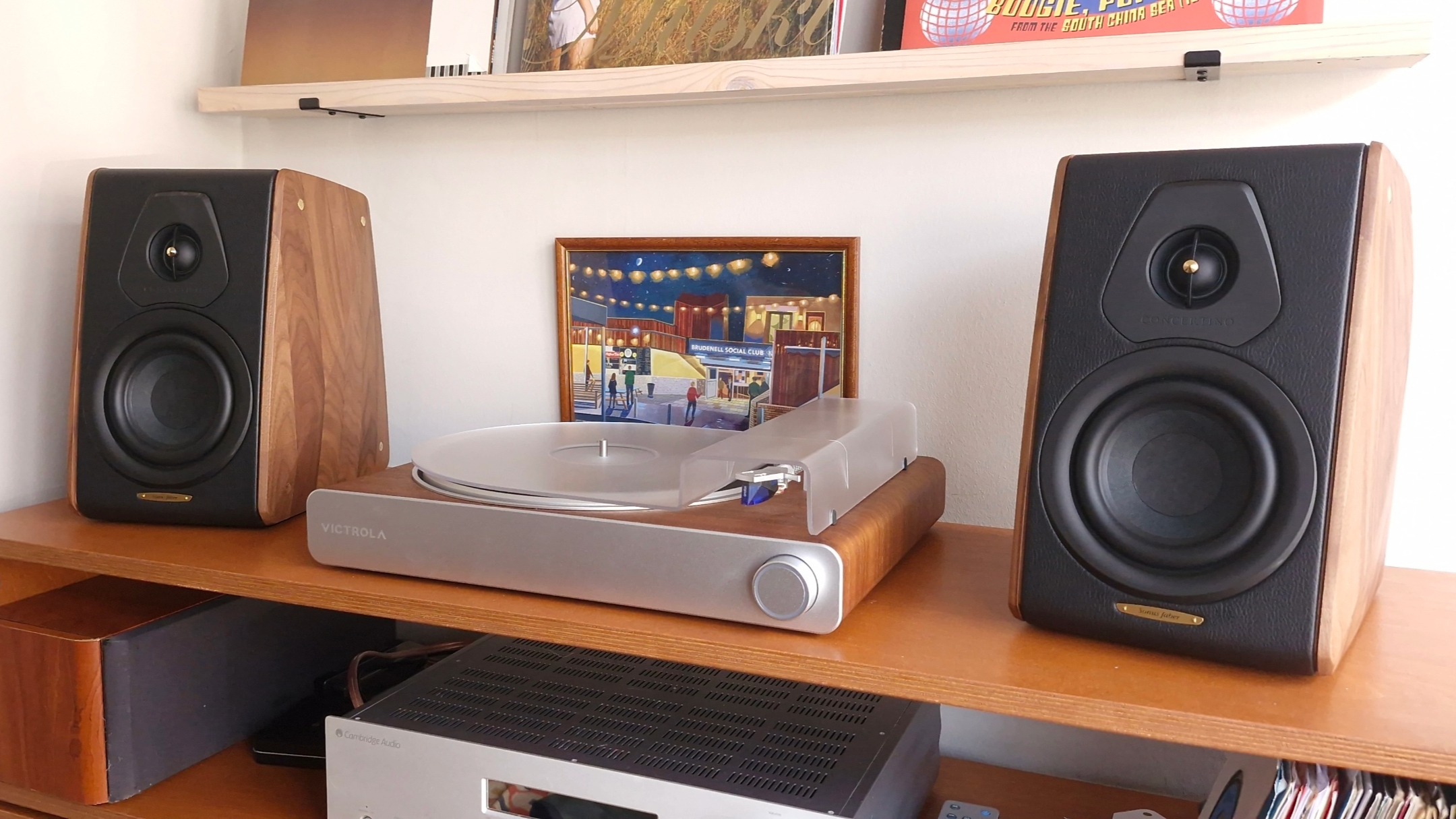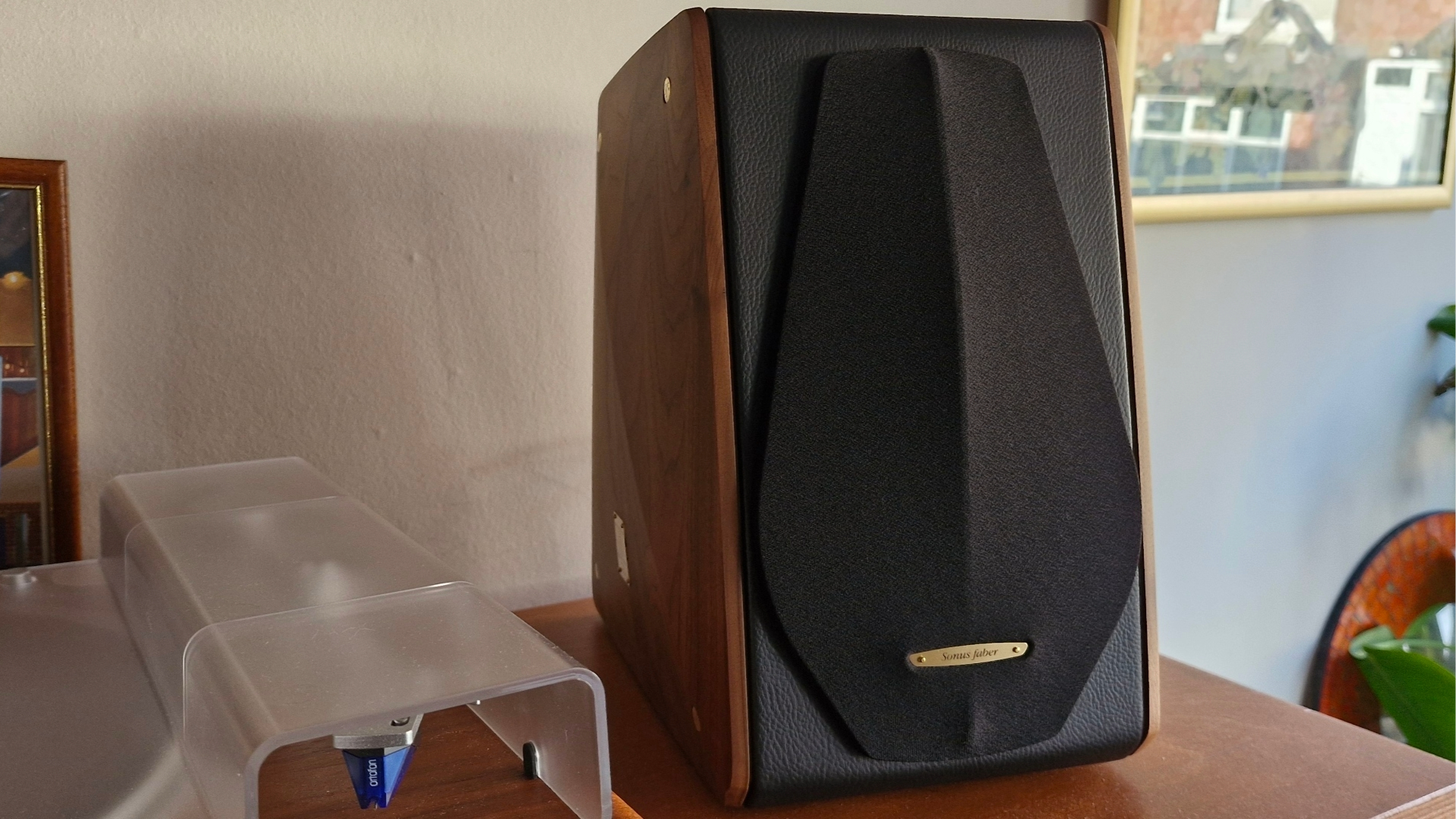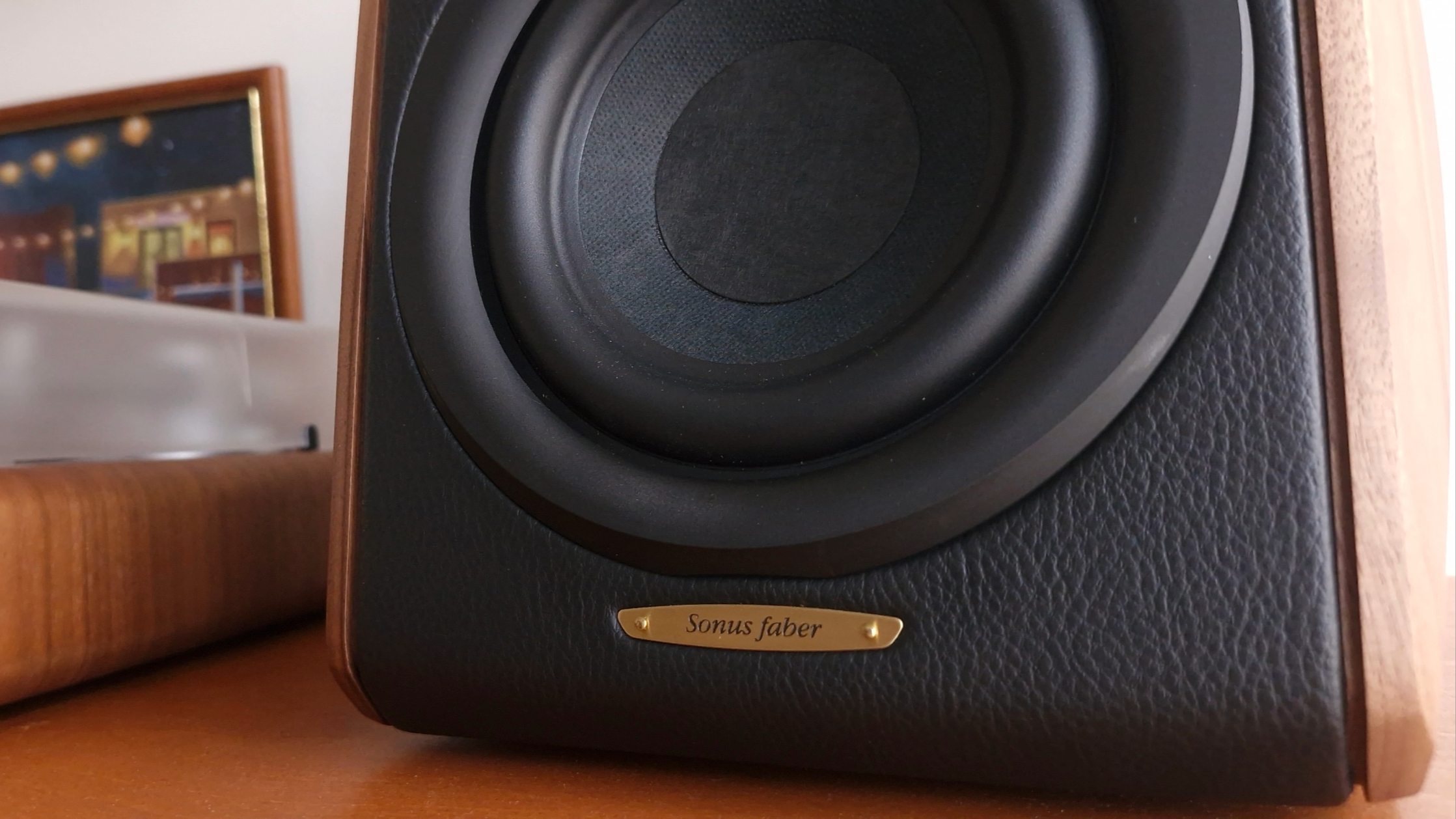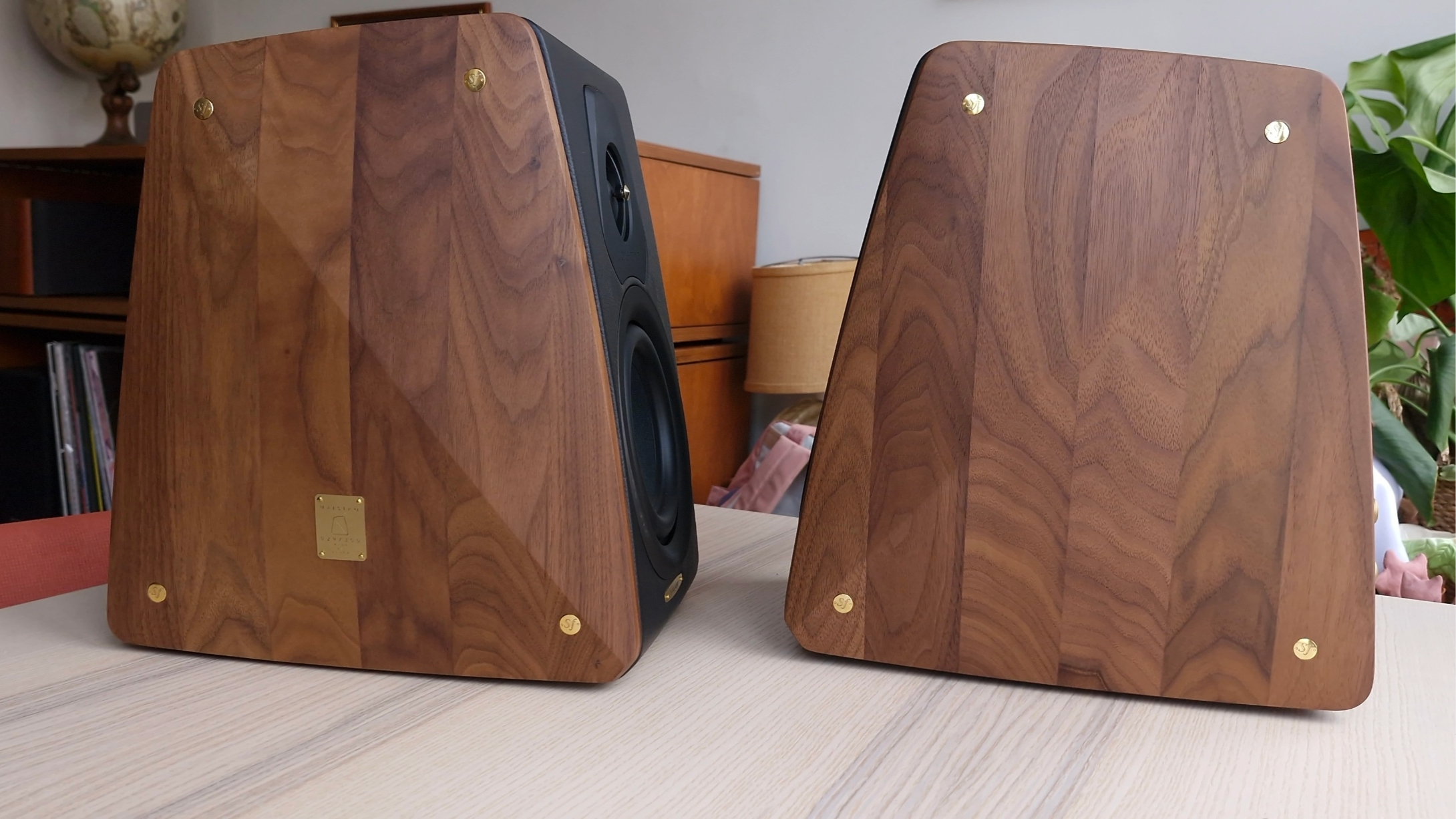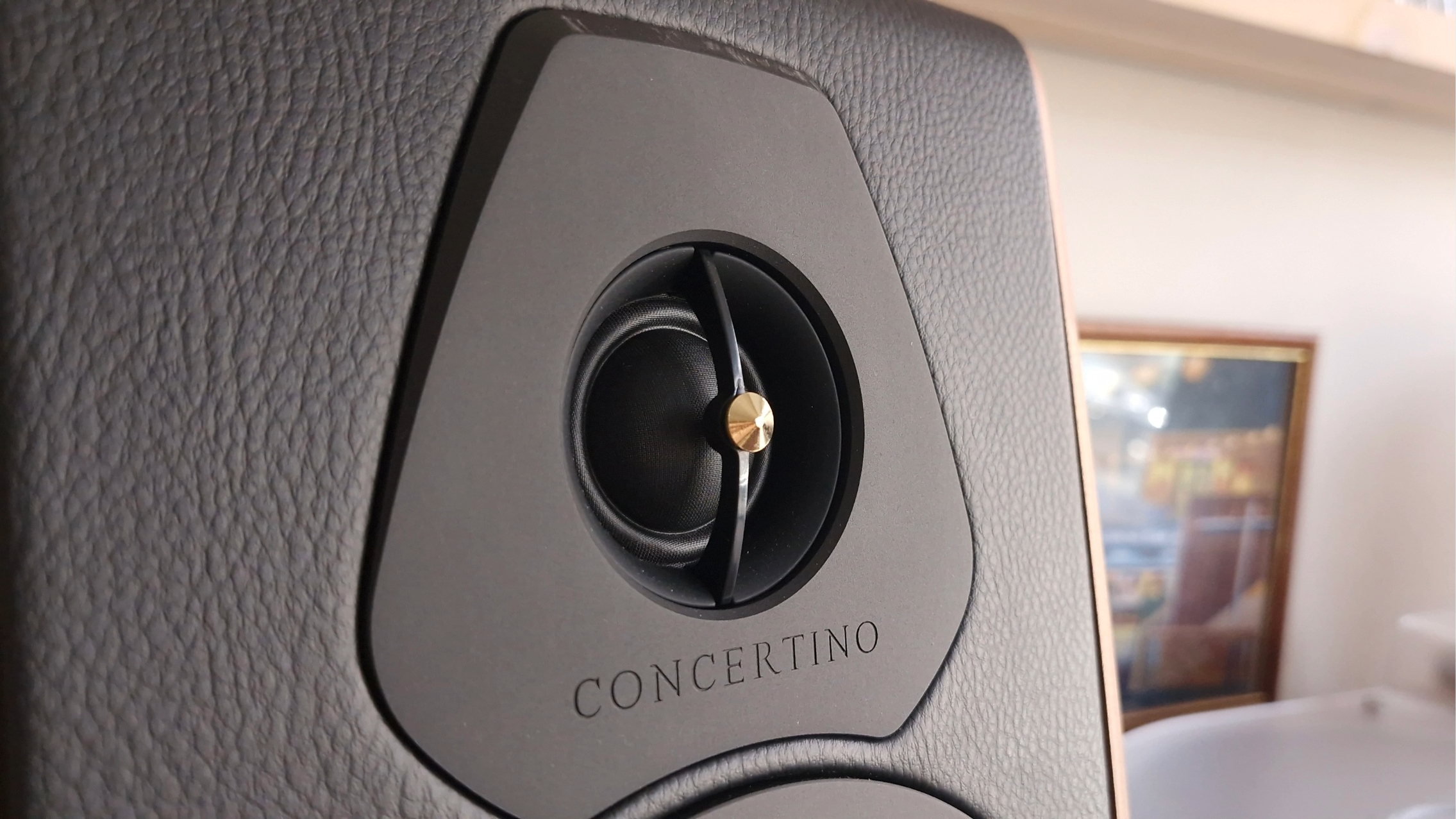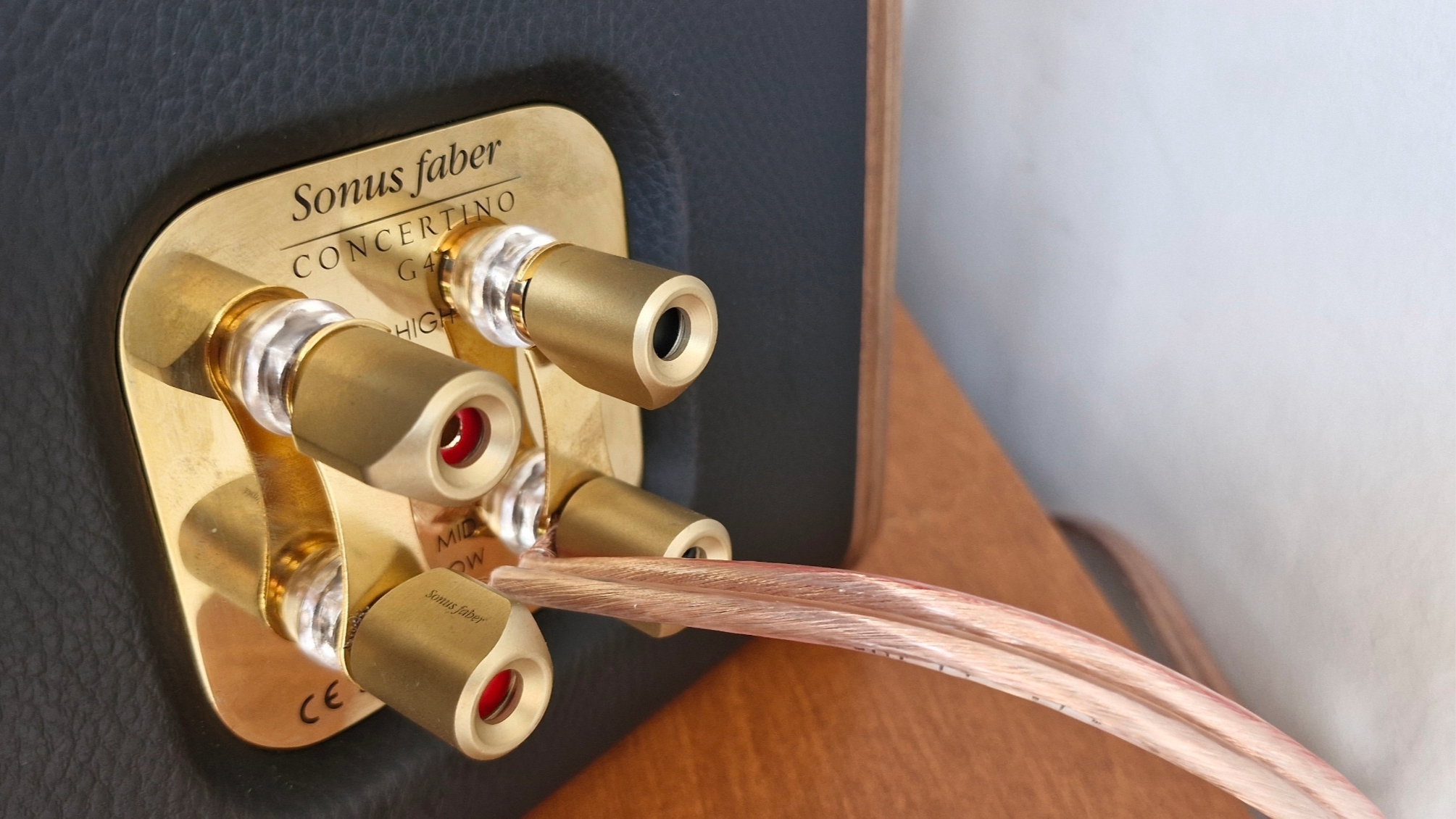I Thought All Earbuds Were the Same—Until I Found Out What Cheap Models Leave Out
Cheap earbuds might seem like a bargain, but they often skip crucial features that make all the difference. The real question is: which features are you sacrificing without even knowing it?
6
Water Resistance Certification
Cheap earbuds either skip water protection entirely or offer vague “splash-resistant” claims without any official rating. That leaves you guessing whether a sweaty workout or light rain might damage your earbuds. High-end earbuds, however, typically come with proper IP (Ingress Protection) ratings, like IPX4, IPX5, or even IPX7.
IP ratings indicate how well your earbuds can withstand water or dust. For example, IPX4 means protection against light splashes and sweat, while IPX7 means it can survive being submerged in three feet of water for up to 30 minutes.
This is a big deal if you’re active. Whether you’re jogging or hitting the gym, knowing your earbuds can handle moisture without shorting out offers serious peace of mind.
5
Smart Tracking
With cheap earbuds, losing one can feel like game over. Drop an earbud under the couch, leave it at the gym, or misplace the case in your bag, and you’re often stuck searching blindly—or worse, having to buy a new pair altogether.
High-end earbuds, however, often integrate with smartphone apps or ecosystems to help you locate them. Apple’s AirPods, for example, connect to the Find My network, allowing you to see their last known location on a map, make them play a sound to help locate them, or even get proximity alerts if you leave them behind.
Google’s Pixel Buds Pro 2 also have seamless integration with Android’s Find My Device network, and thus, you can track their location or play sound from the case if you misplace them. Samsung’s Galaxy Buds and some newer Sony models offer similar tracking features through their apps.
If you’ve used cheap earbuds for a while, you’ve probably wished there was a way to track them down after misplacing them.
4
Wear Detection
Cheap earbuds often continue to play audio, even when they’re not plugged in. You might think this is standard, but not all earbuds behave this way. Higher-end earbuds use tiny sensors to detect when they’re in your ears. If you take one out, your audio automatically pauses. Pop it back in, and playback resumes right where you left off.
Wear detection isn’t just about convenience—it’s practical, too. If someone stops you to talk, you don’t lose your place in a podcast or audiobook. Plus, wear detection helps preserve battery life by stopping playback when you’re not listening. Cheaper models often skip this feature entirely to save costs, so you have to pause audio when you pop out the earbuds.
3
Audio Quality
Audio quality is where the gap between cheap and premium earbuds becomes impossible to ignore. A huge part of why mid to high-end earbuds sound much better than cheap ones comes down to what’s inside: better drivers, smarter tuning, and advanced EQ options. Cheap earbuds usually rely on basic, low-cost drivers that can’t deliver deep bass, crisp highs, or subtle details in music, especially instrumental genres like jazz and classical. The result is a flat sound.
In contrast, mid-range and high-end earbuds use better drivers, thus reproducing a wider frequency range with greater accuracy. As such, you can enjoy better sound without distortion, even at higher volumes. But it’s not just about hardware—tuning also plays a major role in audio quality. Mid- to high-end earbuds are also carefully tweaked to reproduce high-quality sound by shaping the frequency response to achieve a specific signature sound.
This explains why they sound good out of the box, and you may not need to customize the sound profile. On top of that, good quality models offer customizable EQ settings through companion apps, letting you adjust bass, mids, or treble to match your taste. Moreover, higher-quality earbuds often support advanced audio codecs like aptX, AAC, LC3, or LDAC, which transmit music at higher resolution than the basic SBC codec most cheap models use.
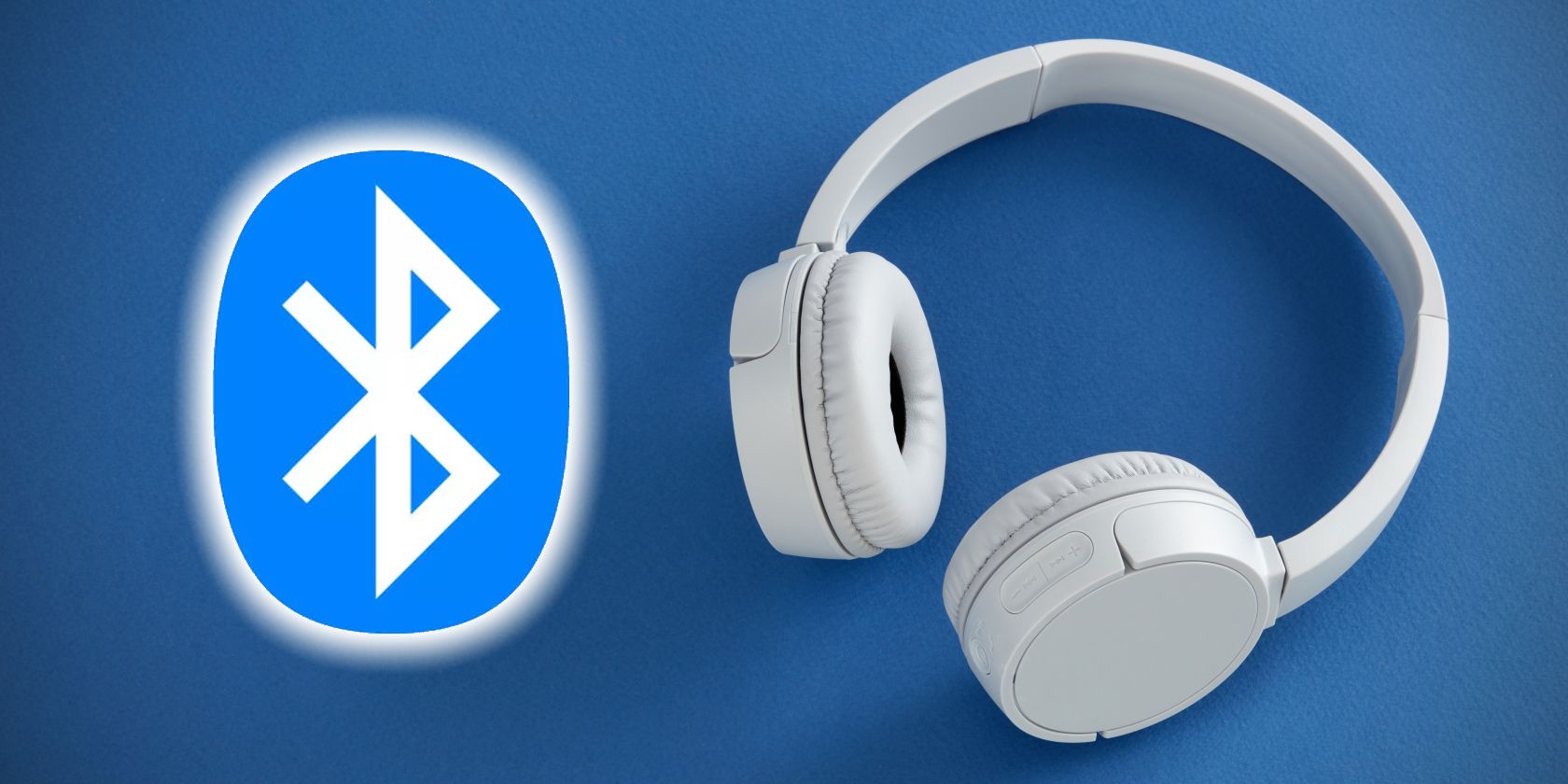
Related
How Do Bluetooth Codecs Work? Which One Is Best?
Not all Bluetooth codecs are the same, and the one you choose makes a huge difference to how your music sounds.
That means richer detail, better dynamics, and less compression. You’ll also experience lower latency, which helps ensure audio-visual desync is less noticeable when gaming. Beyond basic stereo, high-end models also offer virtual surround sound—or spatial audio—like Apple’s Spatial Audio or Sony’s 360 Reality Audio. It might seem unnecessary, but there are certain times when spatial audio is important.
2
Multi-Point Connectivity
Multi-point connectivity is one of those underrated features you won’t appreciate until you have it—and once you do, it’s hard to live without. Cheap earbuds often connect to just one device at a time, which is fine if you only own one device. But since most of us use several devices daily, this means constant disconnecting and reconnecting when switching between your phone, laptop, or tablet.
Midrange to high-end earbuds save you from this hassle with multi-point connectivity, which allows you to connect to more than one device at the same time. Typically, these earbuds can connect with two devices, but the Technics EAH-AZ100 set the bar in early 2025 by offering the unique ability to connect to three devices simultaneously.
A key benefit of multi-point connectivity is that you can listen to music on your laptop, and if a call comes in on your phone, the earbuds will automatically switch to it. Once the call ends, they automatically switch back to your music or video. This small convenience makes a big difference if you regularly juggle devices throughout the day, and unless you’ve experienced it firsthand, you might not realize what you’re missing.
1
Transparency Mode and Better ANC
One of the biggest surprises I had when switching from cheap earbuds to higher-quality ones was discovering the magic of transparency mode and advanced active noise cancellation (ANC). Cheap earbuds might advertise “noise cancellation,” but it’s often just passive noise isolation—meaning they block sound physically, like earplugs, rather than using smart tech.

Related
What Is Active Noise Cancellation and How Does It Work?
ANC headphones and earbuds are everywhere, but not all ANC is the same.
And while some budget models, such as the Anker Space A40, offer ANC, it’s not as good as what you’ll get on premium options like the Sony WF-1000XM5 or Apple AirPods Pro 2. Premium earbuds have a far superior ANC that is capable of shutting out more noise for a much quieter listening experience, even in noisy surroundings.
But as incredible as ANC is, there are times you don’t want to block out the world completely—for example, crossing a street, waiting for an announcement at the airport, or chatting quickly with someone nearby. That’s where transparency or ambient mode comes in handy. Besides canceling outside noise, quality earbuds can let outside sound through at the touch of a button, so you don’t need to remove them to talk to someone or stay updated on nearby announcements.
Some models, like the Technics EAH-AZ100 give you full control over their ANC and transparency modes so you can increase or decrease the strength as you see fit. The Sony WF-1000XM5, on the other hand, offers the option to switch between ANC and transparency mode automatically (and vice versa) depending on ambient noise levels or your location. Such versatility isn’t available on cheap earbuds.
If you’ve been exclusively buying cheap earbuds, consider upgrading to mid- or high-end options in the future, as you’re missing out on a lot. Cheap earbuds might offer good enough sound quality (and most of them do), but there are so many additional perks that you miss out on. Now more than ever, investing in quality earbuds is worth every penny.

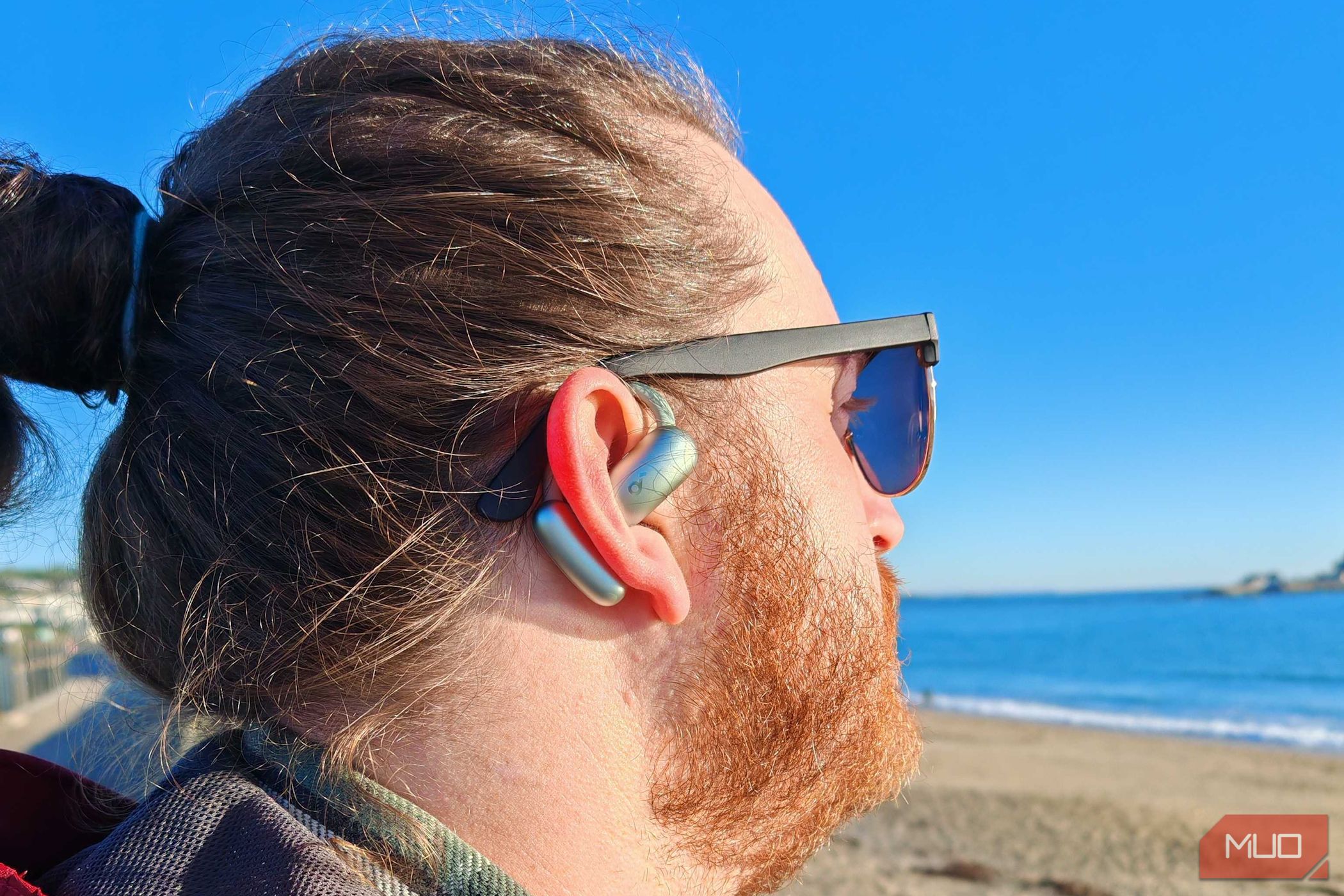
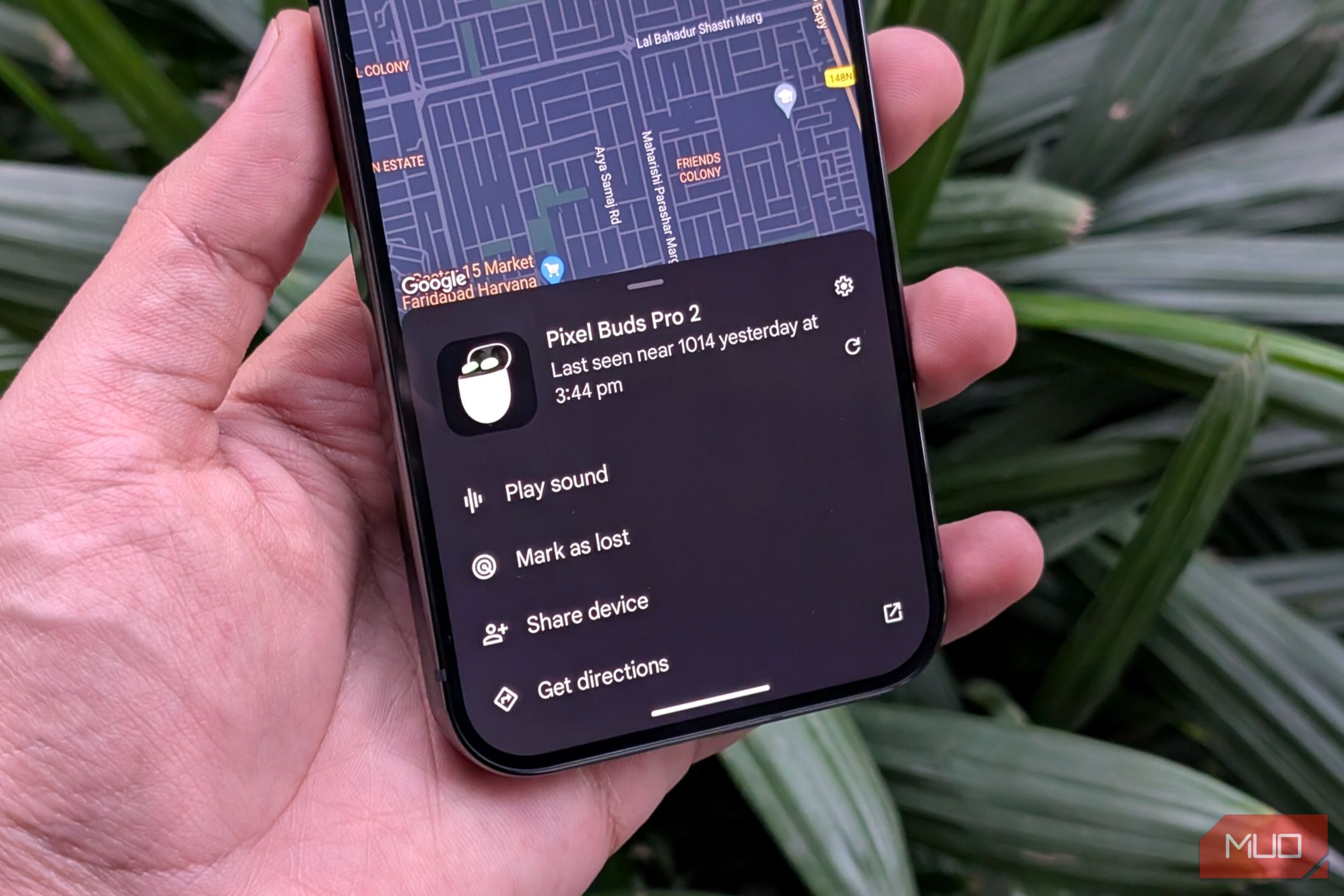
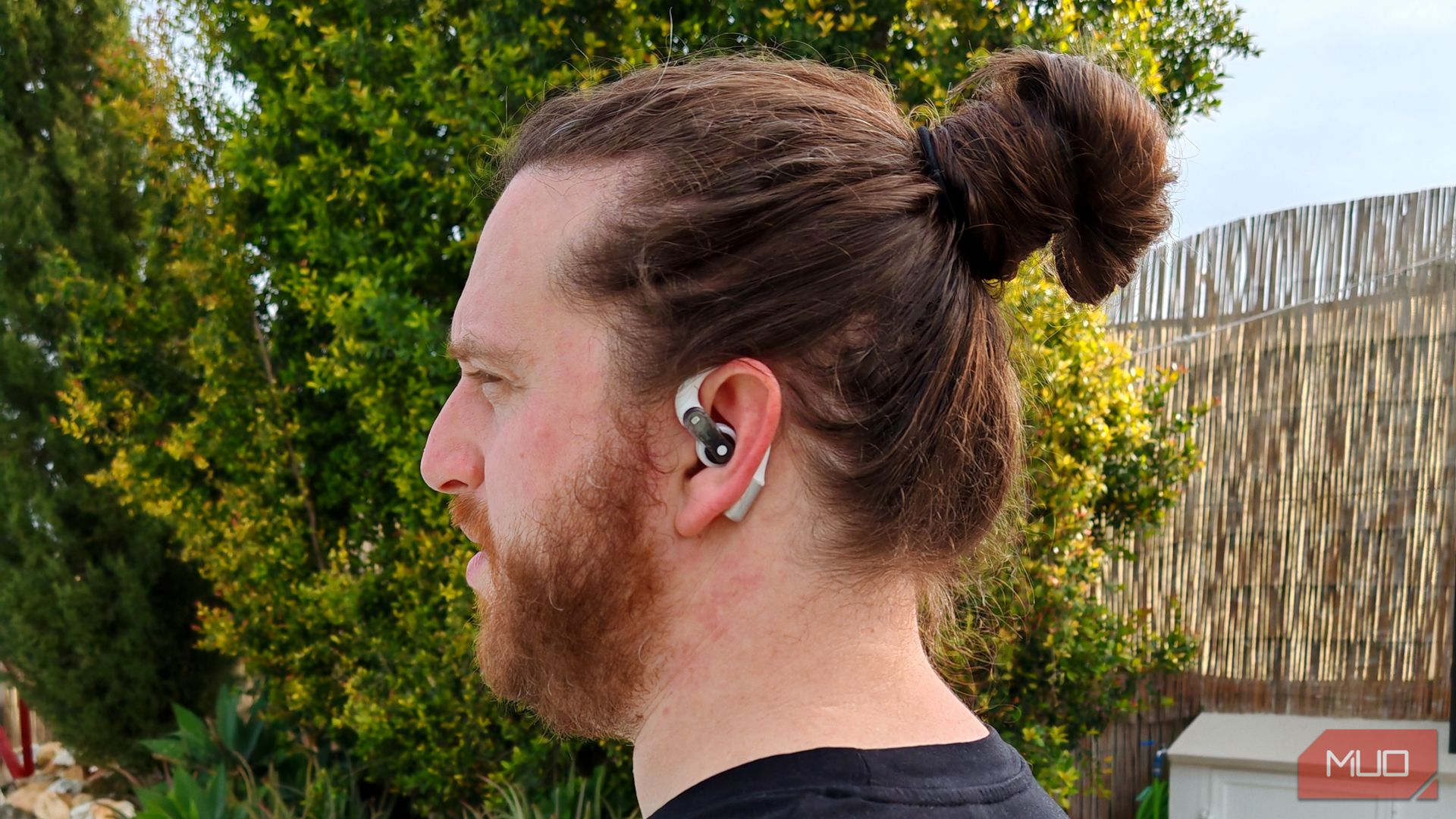
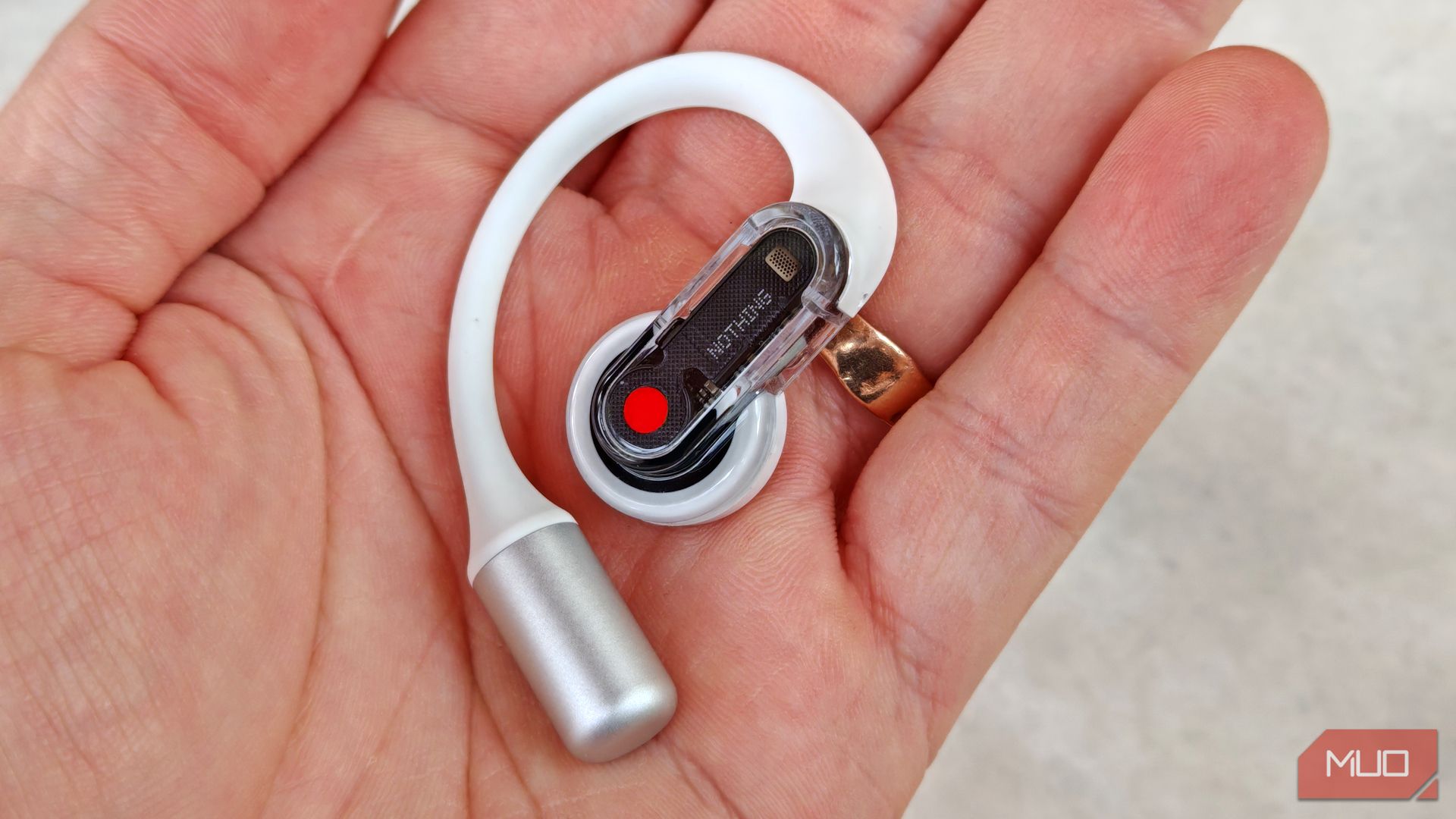



![“Skytech Rampage Gaming PC: Ryzen 7 9700X, NVIDIA RTX 4070 Super, 1TB SSD, 32GB RAM, 360mm ARGB AIO”: Available now at [price_with_discount] “Skytech Rampage Gaming PC: Ryzen 7 9700X, NVIDIA RTX 4070 Super, 1TB SSD, 32GB RAM, 360mm ARGB AIO”: Available now at [price_with_discount]](https://i2.wp.com/techdeals.net/wp-content/uploads/2024/11/Skytech-Rampage-Gaming-PC-Ryzen-7-9700X-NVIDIA-RTX-4070.jpg?w=1920&resize=1920,2400&ssl=1)









:max_bytes(150000):strip_icc()/dell-wired-headset-edfa3412d669469d843d3f85e14c1140.jpg?w=1920&resize=1920,1267&ssl=1)
:max_bytes(150000):strip_icc():format(jpeg)/dell-wired-headset-edfa3412d669469d843d3f85e14c1140.jpg)



